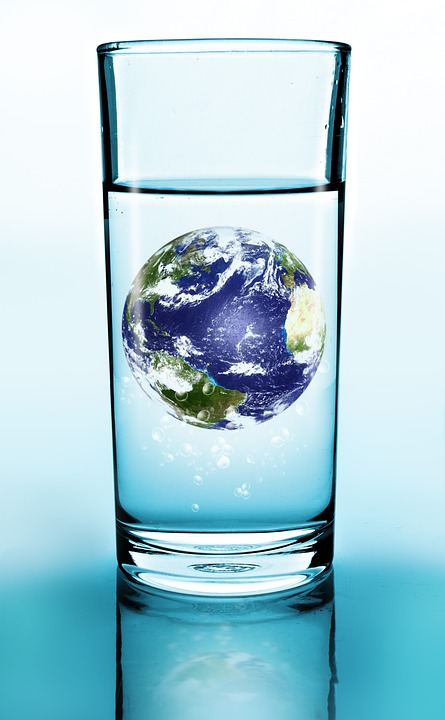In the age of environmental awareness, much attention has been devoted to the visible scars of pollution: mountains of plastic waste, oil slicks on pristine waters, and deforestation. Yet, lurking beneath the surface is a less visible but equally pernicious threat—microplastics. These tiny plastic particles, less than 5 millimeters in size, have infiltrated our ecosystems and now reside on our dinner tables, disguising as uninvited guests in our meals.
The Journey of Microplastics to Our Plates
Microplastics originate from a myriad of sources. Primary microplastics, like microbeads in cosmetics, are intentionally manufactured at a microscopic scale. Secondary microplastics emerge from the breakdown of larger plastic debris due to photodegradation, chemical processes, or physical abrasion. These minute particles find their way into rivers, lakes, and oceans, often through wastewater, runoff, and improper waste disposal.
Once in the aquatic environment, microplastics are consumed by marine organisms, mistaking them for food. This is where the food chain begins to complicate our dinner plates. Smaller fish consume microplastics, which are then eaten by larger predators, eventually making their way to human consumers. Additionally, microplastics have been detected in various food items, including salt, honey, sugar, and even beer.
The Silent Invasion: Health Implications
While the science community is still unraveling the full spectrum of health effects posed by microplastics, the preliminary findings are cause for alarm. Studies suggest that microplastics may carry harmful chemicals such as phthalates, bisphenol A (BPA), and persistent organic pollutants (POPs) like polychlorinated biphenyls (PCBs). These substances have been linked to a range of health issues, including endocrine disruption, reproductive harm, carcinogenic effects, and developmental toxicity (Rochman et al., 2013).
Moreover, the physical presence of microplastics in the gastrointestinal tract could potentially lead to inflammation or disrupt the gut microbiome, which plays a crucial role in our overall health. The smallest particles, known as nanoplastics, can even translocate across cell membranes, potentially entering the bloodstream and reaching various organs, posing systemic health risks (Wright & Kelly, 2017).
Combatting Microplastic Pollution
Addressing the microplastic threat requires a multifaceted approach involving governments, industries, and individual actions. Policy measures are critical. Governments need to enforce stringent regulations on plastic production and waste management, incentivize the development of biodegradable alternatives, and fund research initiatives to better assess the risk and impact of microplastics.
Industries, especially those in the consumer goods and packaging sectors, hold significant responsibility. Companies should prioritize sustainable practices, invest in innovative materials, and adopt circular economy models to minimize waste. Consumer behavior also plays an influential role—opting for products with minimal plastic packaging, participating in recycling programs, and supporting brands committed to environmental stewardship can collectively drive meaningful change.
On a Personal Plate: What You Can Do
While large-scale solutions are essential, individual actions can also mitigate microplastic exposure. Here are a few steps you can take:
-
Be Selective with Seafood: Choose seafood from sources that monitor and minimize microplastic contamination. Certified sustainable seafood labels can be a good guide.
-
Reduce Single-Use Plastics: Substitute single-use plastic items with reusable alternatives. Carry a reusable water bottle, use cloth bags for shopping, and avoid plastic straws and utensils.
-
Support Biodegradable Products: Opt for products made from biodegradable or compostable materials instead of conventional plastics.
-
Filter Your Water: Consider using a water filter designed to remove microplastics, especially if you rely on tap water.
- Educate and Advocate: Spread awareness about microplastic pollution and advocate for policy changes that address the root causes of plastic waste.
Conclusion
Microplastics represent a hidden hazard, one that transcends beyond mere environmental degradation and directly into the health and safety of our communities. As research continues to shed light on the implications of microplastics in our meals, a collective response combining policy, industry innovation, and personal responsibility will be paramount. By recognizing the hidden danger on our plates, we can take proactive steps to safeguard our health and sustain our ecosystem for generations to come.
References:
- Rochman, C. M., et al. (2013). "Ingested plastic transfers hazardous chemicals to fish and induces hepatic stress." Scientific Reports.
- Wright, S. L., & Kelly, F. J. (2017). "Plastic and human health: A micro issue?" Environmental Science & Technology.
Helpful Sites:
- National Oceanic and Atmospheric Administration (NOAA): www.noaa.gov
- United Nations Environment Programme (UNEP): www.unenvironment.org
- Environmental Working Group (EWG): www.ewg.org
